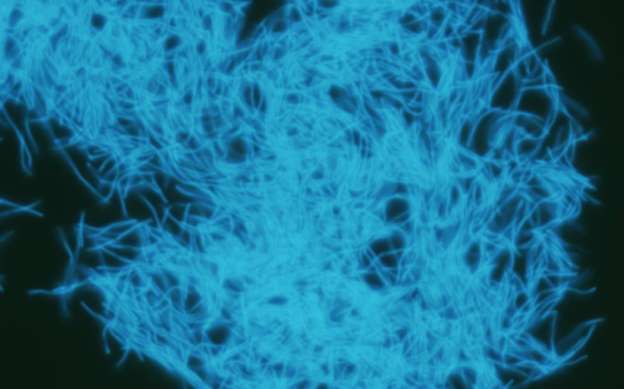After a decade of continuous research, scientists have found out “zombie” bacteria, which can barely be termed as “alive”, along with other life forms that are surviving miles below the surface of Earth. These findings have changed life’s perception about our planet.
The discovery is termed as “subterranean Galapagos” and the Deep Carbon Observatory made this announcement on Tuesday, stating many life forms can survive for millions of years. Robert Hazen, the DCO executive director, said this discovery is a “crowning achievement” of the 1,000- collection of scientists, who have opened their eyes and new perception about life that never existed.
An observatory report says Utilizing the advances in technology, scientists drilled (1.5 miles) 2.5 kilometers into the seabed and collected samples of microbes from the boreholes and continental mines present at more than 5 km deep. The findings have changed our perception about life on Earth and bring implications for such similar findings on other planets. Around 70% of Earth’s archaea and bacteria are now considered to be living underground.
According to Mitch Sogin, DCO co-chair this finding was similar to discovering a new Amazon. The exploration of the deep subsurface is similar to exploring the Amazon’s rainforest. There is life everywhere and there’s a huge amount of unusual and unexpected organisms.


